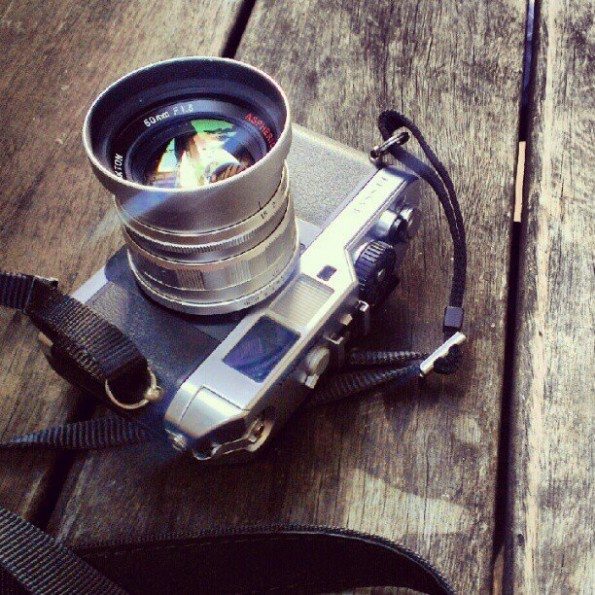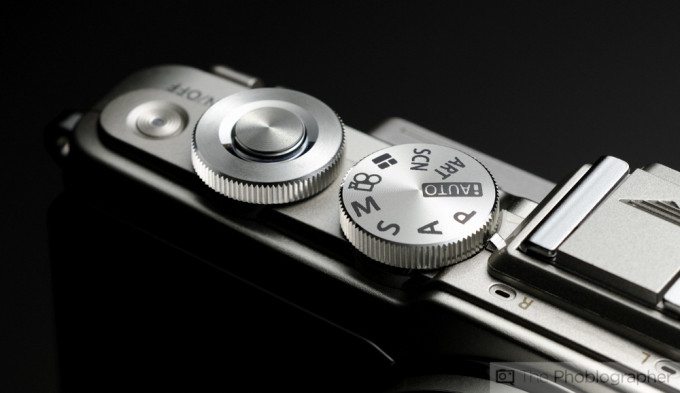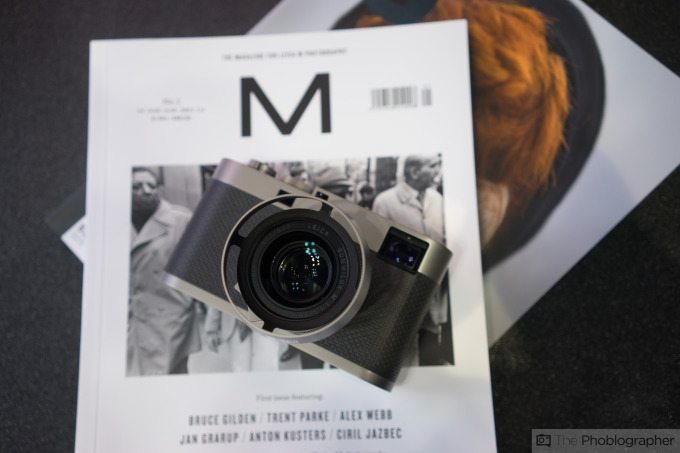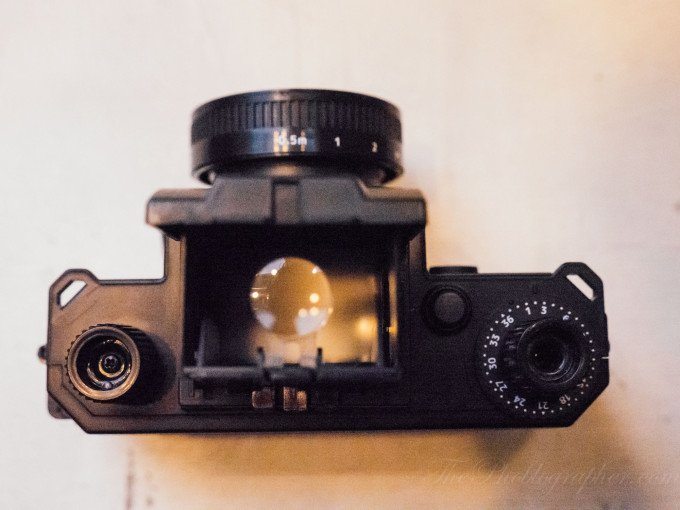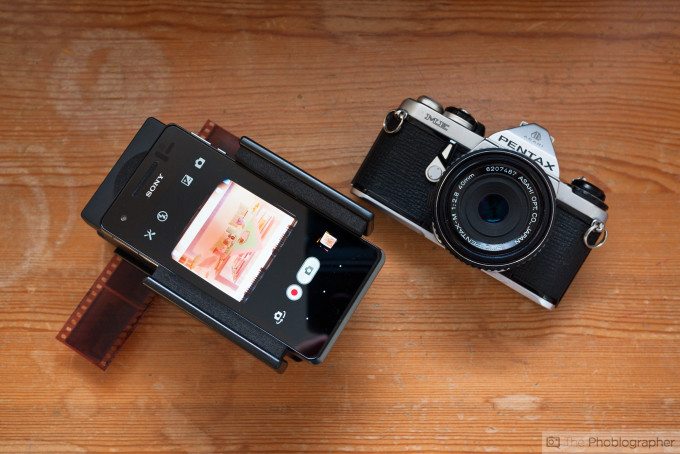Every photographer should attempt to try to shoot film at least once in their life. But when we say attempt, we mean give it a really big effort. For one, they learn to actually interact with a scene more and not necessarily become attached to the pixels that they see on an LCD screen, and further it teaches them more about how exposures work and how to get better pictures faster.
Want to get started in Film Photography? Here’s how.
Systems
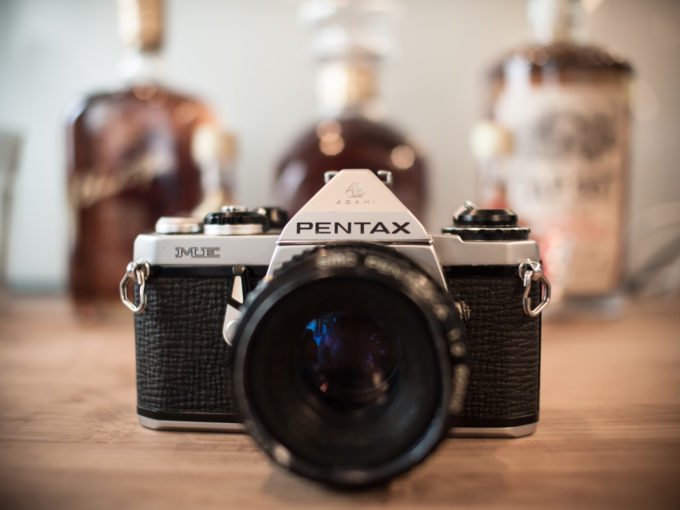
Every camera system has its own lineup of lenses, flashes, bodies, pros, cons, and preferences. Back in the film days, image quality relied on the type of film that you put into the camera and had nothing to do with sensors. So the special features that differentiated one camera from the next had to do with features like drive speed, feel, viewfinder, ergonomics, etc.
Additionally, manufacturers did a great job marketing their lenses and what was capable with them.
Canon
Canon had two major SLR mounts: FD and EF. EF is the one that we know and use today and involves the use of autofocus with many of their lenses. The company made a very big decision to entirely switch mounts, and in fact it hurt them quite a bit in the early days of the EOS EF mount.
But then there is the other lineup of lenses: the FD. Canon FD glass is still highly regarded by many photographers and lots of film shooters use Canon FD mount bodies and lenses. But if you adapt them onto your new body. you will lose light stops and won’t gain autofocus. Conversely, the EOS EF lenses can’t mount to an FD camera.
Canon, being of the largest manufacturers in the camera world, has lots of third party lens options available to them.
Canon also has other cameras with other mounts like those for rangefinders. Additionally, they’ve got a lot of great point and shoots and rangefinder cameras.
Nikon
Nikon is one of the companies that decided to keep their mount when the autofocus world came about. Their F mount lenses can mount to nearly any digital body and work flawlessly, though the lenses designed for digital won’t necessarily do the same thing for film bodies. Nikon also made a couple of rangefinder cameras that are very in demand, rare, and can command quite a pretty penny.
Despite the fact that many F mount lenses can mount to a digital body, not all of them will have autofocus capabilities.
Sony/Minolta
So how did Sony become one of the largest camera manufacturers? It starts with a company called Minolta.
Minolta was for years a very big company in the film camera arena. What was a bit off about them though was their very unique flash hot shoe. Sony released a couple of cameras themselves and later on bought the camera and imaging division of Minolta. Fast forward and the company has put lots of money into innovation–to the point where they now command most of the mirrorless camera market.
Minolta made lots of different cameras, but their autofocus SLR cameras eventually became the staple for Sony who took it over for their Alpha mount (A mount).
Micro Four Thirds
Micro Four Thirds has the most unique history of pretty much every manufacturer. The major sponsors of the format are Olympus and Panasonic. Micro Four Thirds is an evolution of Four Thirds–which was the first system develop for an all digital platform. Before Four Thirds, Olympus was well known for their OM mount cameras and lenses. In fact, many of those cameras and lenses are still well spoken of. These SLR style cameras would later influence the OMD series of cameras.
In addition to the OM mount, the company also did something completely unconventional: invented the Pen. The Pen was a small SLR camera that shot half-frame images on 35mm film–meaning that a 24 exposure roll was increased to 48 exposures. It did this by shooting everything very thin and vertically. If you wanted to shoot a landscape image, you needed to flip the camera portrait style.
These cameras were amongst the best built by Olympus and later on influenced the Pen series of Olympus cameras.
Olympus also had a couple medium format cameras (film-based.)
Pentax
Pentax cameras can go off into three different main directions: 35mm, 645 and 6×7. Their 35mm K mount was loved by many because of the strange focal lengths despite the lenses always offering beautiful image quality. For example, instead of the traditional 50mm lens Pentax offered a 43mm–which in fact is the true normal field of view.
But the company was known for more than just that. There were also the 645 cameras/lenses and the 6×7 camera and lenses. The 6×7 is still used by certain professionals, and arguably they invented the SLR camera. But they’re not looked on as seriously as the other brands though still offer stellar lenses and cameras.
Leica
Where would this list be without Leica? The company that arguably invented photojournalism and influenced the way that cameras were made holds a special place on this list. The company is best known for their M mount rangefinders, but they made M43 (screwmount) and R mount SLR cameras. Unfortunately, the R mount isn’t used anymore despite the fact that R mount lenses are still used by many videographers.
What they’re best known for are the M mount cameras, which are rangefinders and some of the best built and low profile cameras you can get your hands on.
Other brands: Zeiss and Contax are another notable one that comes up. Mamiya, Bronica, Hasselblad and others are also very common.
Format
For the sake of simplicity, we’re going to focus on the two biggest formats of cameras in the film world. For years, 35mm and 120 film were the dominant options. But there are more: like APS, 4×5, 8×10 and much more.
35mm
Though Managing Editor Julius Motal still shoots 35mm film, I personally don’t find a major reason to. 35mm film at this point has largely been outdone by digital cameras in terms of performance, dynamic range, etc. However, its appeal has to do with nostalgia, the film look, and the arguably smaller bodies that let you capture a fleeting moment in a heartbeat.
35mm film is also known as a small format.

120
120 film is what we really, really believe you should be using. 120 film comes in a variety of formats like 645, 6×6, 6×7, etc. Well scanned Kodak Portra beats anything that digital can deliver, as does Kodak Tri-X and other 120 films. The quality is completely out of this world.
Instant
Instant film is one of the biggest and toughest messes to get into. There are so many different formats that it’s tough to figure it all out. In fact, we have another guide for that.
Films
There are Instant films that are still available, but again for the sake of simplicity we’re going to focus on negative films. Before we get into it, you should know the difference between the two big deciding factors: chrome and negative. Chrome film offers better colors (or viewing experience) but not as much versatility while negative film gives pretty good colors but lots of versatility.
Color
All you need to know is that Kodak Portra, Kodak Ektar, and Fujifilm Velvia are the greatest things on this planet and nothing that Canon, Nikon and Sony make will ever beat those.
Black and White
Black and White is the most forgiving format you can shoot with because of how many stops it generally has and can be pushed or pulled. Kodak Tri-X and Ilford Delta are two that are very much in demand amongst photographers shooting both 35mm and 120.


